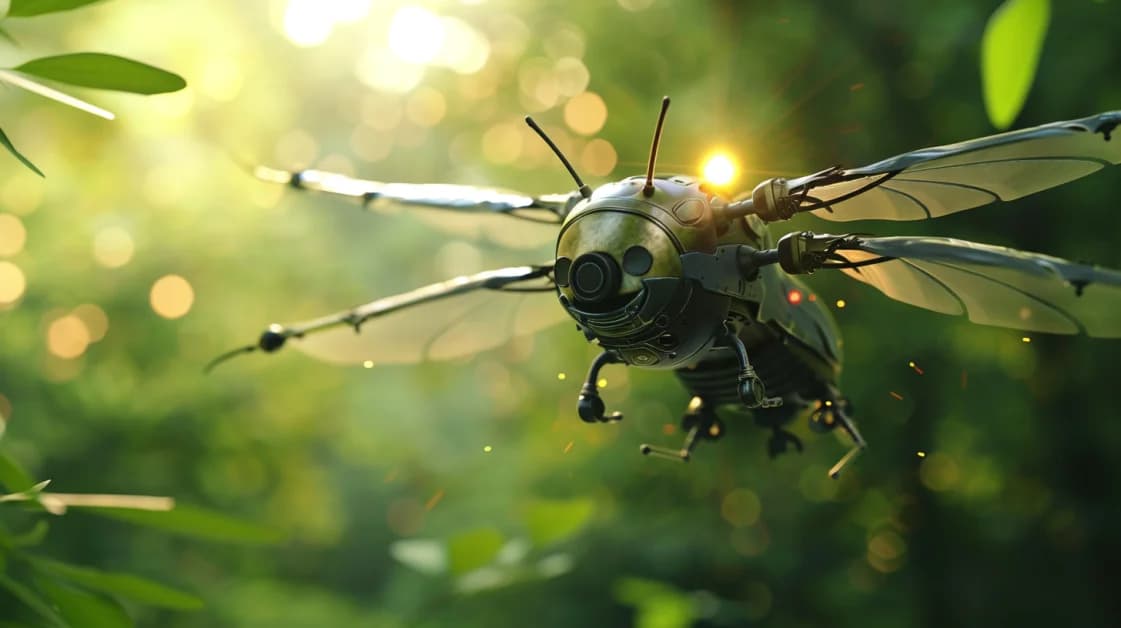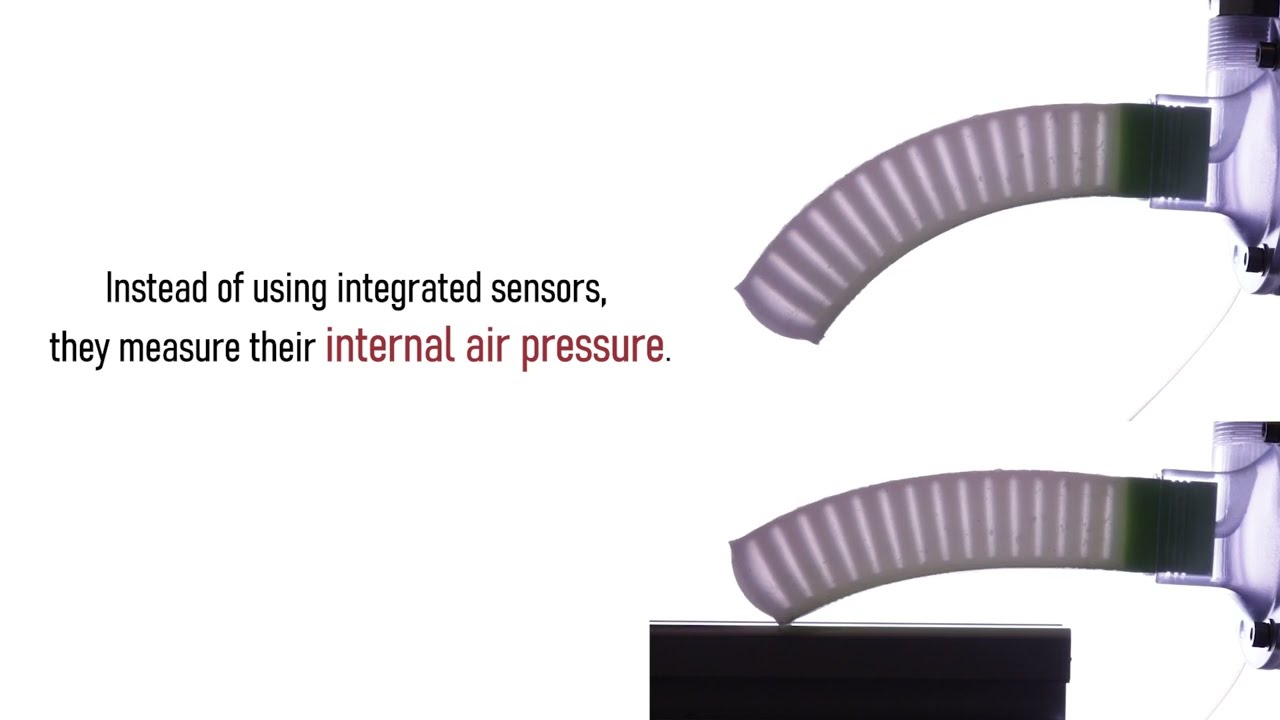
The Robotics Roundup is a weekly newspost going over some of the most exciting developments in robotics over the past week.
In today’s edition we have:
- Disney’s Newest Robot Demonstrates Collaborative Cuteness
- Bringing AI up to speed – autonomous auto racing promises safer driverless cars on the road
- Singularities are a pain in the neck for robot arms — Jacobi Robotics is trying to solve them
- Mimicking Insect Brains: A Leap Forward in Efficient Robotics
- Soft robot fingers that can carefully squeeze without sensors
Disney’s Newest Robot Demonstrates Collaborative Cuteness
Disney’s Imagineering team has introduced a new animatronic character, Duke Weaselton. The robot character, who debuted at the Shanghai Disney Resort, is notable for its ability to collaborate with a separate robotic entity - a kiosk - combining their capabilities to provide a more engaging performance. The two robots have different motion characteristics; the character robot exhibits animated, expressive movements, while the kiosk moves predictably and reliably. This collaboration is made possible through flexibility in the robots’ design and handling a level of uncertainty in their movements. To program Duke’s motions, the team uses an animation pipeline and an interface which can take motions from conventional animation software tools. The team is working on expanding this concept to include multiple robots interacting with each other for a more immersive audience experience.
Bringing AI up to speed – autonomous auto racing promises safer driverless cars on the road
Autonomous car racing is advancing the capabilities of autonomous vehicles while also enhancing their safety. As autonomous vehicles begin to become more common, autonomous racing serves as the modern-day proving ground for these technologies, much like motor racing showcased the safety and reliability of motor vehicles over a century ago. The high-speed challenges encountered in autonomous racing mirror real-world situations, leading to safer autonomous vehicles on city streets.
A prominent competition in this area is the Indy Autonomous Challenge, where universities compete with fully autonomous race cars. The University of Virginia, stated their team reached speeds of 143 mph while autonomously overtaking another car during a recent event. Autonomous racing started with miniature cars at robotics conferences and has grown to include actual autonomous Indy cars that compete at speeds beyond 150 mph. The races test the limits of how machines perceive their environment, make safe decisions, and control complex maneuvers at high speeds.
Singularities are a pain in the neck for robot arms — Jacobi Robotics is trying to solve them

Jacobi Robotics, founded in 2022, is addressing the problem of singularities in robotics which can halt a robot’s operation unexpectedly. The term ‘singularities’ in robotics refers to points in space where the robot cannot move, typically requiring human intervention. Named after the Jacobian matrix, which signifies the relationship between the velocities of a robot’s joints and end effectors, Jacobi Robotics is focused on improving robot path planning. The company was founded by UC Berkeley robotics students and Professor Ken Goldberg, who is also a co-founder of Ambi Robotics. Jacobi Robotics has been testing its solution with select partners, including automation deployment firm Formic and an unnamed consumer electronics company. The company, which closed a $1 million pre-seed round in early 2023, is currently seeking to raise seed funding.
Mimicking Insect Brains: A Leap Forward in Efficient Robotics

Physicist Elisabetta Chicca has been studying insect navigation to advance energy-efficient computing and robotics. Despite their tiny brains, insects possess impressive navigational skills, using differential speed of movement to gauge distance. Chicca’s research suggests that insects simplify their behavior to compensate for their limited resources. They typically fly in straight lines, make turns, and then continue in another straight line. Using this knowledge, Thorben Schoepe, a PhD student under Chicca, created a model to mimic an insect’s neuronal activity, which was then incorporated into a navigating robot. The robot demonstrated efficient navigation in a variety of testing environments, much like insects. This innovative approach could lead to a paradigm shift in robotics, emphasizing innate efficiency rather than extensive programming and data processing.
Soft robot fingers that can carefully squeeze without sensors
Researchers from the Soft Robotic Matter Group at AMOLF, in collaboration with researchers from Eindhoven University of Technology, have developed an external method for soft robots to measure their interaction with their environment without the need for built-in sensors. The system works by externally measuring the air pressure necessary to move the soft robot’s ‘fingers.’ The fingers of the robot grip an object by inflating like a balloon, and any resistance met during this process requires additional pressure which can be externally measured. The method has been applied to a variety of robots, including a tomato-picking soft robot that can sort tomatoes based on ripeness. Applications also include minimally invasive medical procedures, such as endoscopy, reducing tissue damage. The team plans to further develop the system for measurements like weight.

